The armoured flagship of the Finnish Army
For two decades, the Sisu, then Patria Pasi, was the best known Finnish armoured vehicle, for a country which at relatively little experience in this field. In WW2, Finland crafted a rather mediocre fire support tank, the BT-42, and postwar, its equipment was provided by USSR. The Puolustusvoimat (Finnish Defence Forces) created in 1918 nevertheless tried to provide its soldiers domestic equipments as much as possible, notably small arms.Development
The demobilization started by late 1944 under Soviet supervision and Treaty of Paris in 1947 imposing restrictions, disbandment of the Civic Guard, left very modest defense forces. Still the treaty left open the possibility or constitute reserves and mobilizations and soon the small staff was rather creative with imposed limits. The brigade became notably the new formation, working like a division in reduction. It was understood that any of these could be rapidly scaled up using conscripts. The park of obsolete wartime hardware, between 1939 Soviet captured tanks, and German ones plus minimal spendings until the early 1960s left few possibilities. Aware of this, the staff managed to push forward the acquisition of new weapons systems, also strengthening Finnish Lapland garrisons.From 1968 the doctrine of territorial defence was adopted, using the territory for delaying an enemy, wearing it out in the process. The concept of total defence was also adopted to mobilize all country's resources and that implied mobilizing women for not frontline roles of the military. From 1966 the defence was prepared to face a Soviet invasion such as the one on Czechoslovakia in 1968. The goal was to prevent or limit military incursions in the territory.
However procurement was largely Soviet, and Finnish troops were never at ease with Soviet armoured personal carriers of the BTR series, notably due to their numerous safety issues. In the the 1970s the Army staff looked at an alternative. But Soviet pressure prevented any foreign (Western) acquisition up to that point, and not satisfied either with the Warsaw pact offer such as the Polish-Czech OT 62 and OT 64, left only the choice of a domestic production. Instead of a main battle tank, which was an altogether more complex and costly proposition, building an APC seems in range of Finnish National industries. Plus the Army setup an array of domestic requirements proper to the conditions of the Finnish weather and landscape, and its own defensive objectives.
All this led to various studies, and notably looking at the Swiss Piranha, a wheeled APC that would have a considerable influence of the armoured personal carrier design across the West and beyond. Sisu Auto, created in 1931, in the late cold war started to produce a large array of military trucks in 4×4, 6×6, 8×8 and even 10×10 configuration. It was the most qualified to make this project a reality. Its engineers, while amidst a restructuring from 1970, worked on an APC based on an existing 6x6 and 8x8 formula.
Sisu Auto creates a new chassis
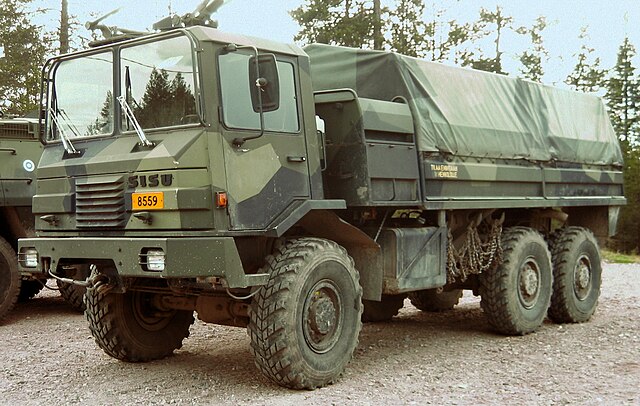
Sisu S-240 off-road heavy tactical truck (1984)
The Sisu S-323s were its first interwar military lorries and lorry production was transferred to Yhteissisu to focus in WW2 military production. In 1958 the Defence Forces compared lorries of different manufacturs and choosed the Sisu K-26 modified from a civil model, and later the Kärppä-Sisu K-35, a 4×2 lorry. But truly off-road tactical trucks started in 1964 with SAT's KB-45, a 4×4. However production was moved from Karis to Hämeenlinna, and the A-45 unveiled, then the Medium heavy SA-150, heavy 6×6 SA-240 and then the SA-110, a light lorry prototype. The SA-240 provided many elements that would be adopted for the XA series created at the same time, notably in the chassis and drivetrain.
However the chassis was optimized to carry a much heavier load, and with greater repartition as the armoured hull, and so the drivetrain was made more even, with three axles close together. This chassis was not a private venture. Indeed in January 1982, the Finnish government announced comparative trials between models replace the ageing BTR-60P. Still, the Finnish Government was at the time taking no risks with non-Soviet designs on offer, and was convinced by Sisu officials that they could come out with something perfectly matching specification in a short time. It was still in competition with the only other national vehicle, the Valmet Model 1912-6 also 6×6 completing in 1982.
The Prototype of the Sisu XA, delivered after several months of hard work, passed all tests with flying colors, and in late 1983, the government announced it the winner. It's adoption for production which was setup, commenced in mid-1984. The Sisu XA-180, first model, nicknamed "Pasi" had this stuck for all its life. More surprising, the vehicle was soon deployed in UN missions here it proved extremely valuable and better than rival Piranha on many aspects, so much so it was soon also widely exported and constantly improved (see variants), and last, Valmet had its revenge in a way as Sisu's vehicle had its engines range.
Design
Hull and Layout
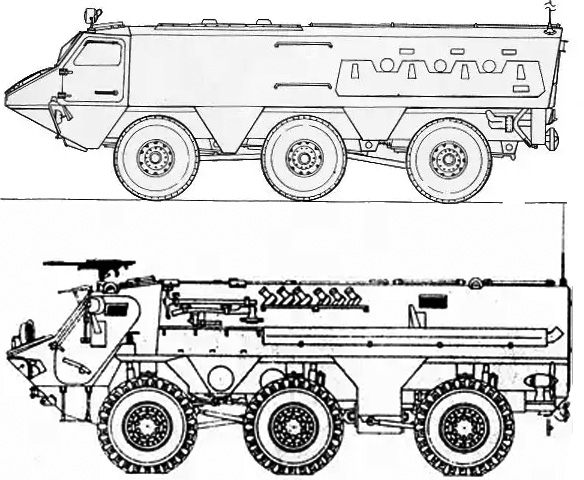
Comparison between the Pasi and Fuchs
The vehicle indeed recalls the already well-known Piranha in many aspects, but also, and probably more, the older German TPZ Fuchs. It's probably there that's the influence is stronger. They have about the same dimensions, and same layout as well as same wheeltrain, with a high ground clearance, three heavenly spaced roardwheels and well suspended independent axles. The nose is pointy, four faceted with a narrow front section. On the XA-185 it is more cut out, stubbier. The upper face comprises two large windows, with armoured shutters in upper position, and two sight slits. The nose protruted well from the forward axle, with the forward cabin for the driver and co-driver, both having side doors with smaller windows and folded shutters.
The whole hull shows a lozenge section all the way to the downwards sloped back plate. The engine is located right behind the cabin, with a left passage between the troop compartment and forward cab. The engine exhausts on the right through large grilles. There are louvres and ventilation in the middle of the roof, with access hatches both to the engine and transmission. With later models the larger Valmet engines needed extra ventilation and the roof had an extra bump radiator.
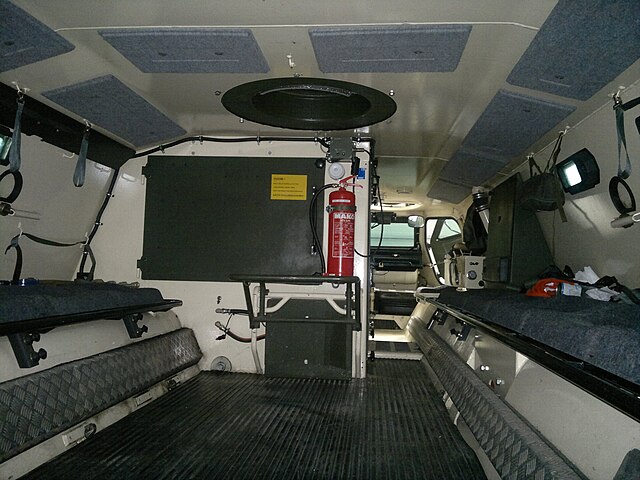
Interior, with the engine compartment and passage to the front cabin
Interior, troop compartment
Cabin interior
XA-180M interior
Cabin Merivoimien 2014
Pasi SM 15 chemical vehicle, rear view interior
The fighting compartment is located mid-way in the hull, with a central commander/gunner hatch and machin gun position. At its rear lays the main troop compartment, with two banks for the ten infantry (5 either side, facing outwards) to the series of pistol ports. In all, there are sixteen troops, as the rest are composed of the gunner, co-driver with the remainder in extra jump seats around the fighting compartment and close to the engine.
They could enter or exit via two putwards-opening back doors, which had their own pistol ports. In later versions, two large end tanks and bins were installed on either side for extra range and storage, aslo adding some protection when dismounting. Above the troop compartment are located two large, alternated left-right roof hatches to fire on the move.
Protection
The main hull is mainly manufactured from 6 to 12 mm (0.3 to 0.5 inches) of welded rolled homonegeous armoured steel. The bottom is also strengthened against mines, with a slight V-shape. Front windows are bullet-resistant, and still have protective hatches, as the side ones (doors). The additional passive armour protection also comprises a wire cutting device on front of the hull. For extra visibility there are also roof-mounted periscopes. There are also two sets of three smoke projectors for active concealement (see later). The troop, engine compartments are given an automatic fire extinguishing system. Other than that, it seems the Pasi is not NBC protected, but later a dedicated NBC reconnaissance variant was designed and produced.Powerplant and performances
The first variant, XA-180 is equipped with the Valmet 611 DSBJA diesel engine (later DSBJA/4-T turbocharged) rated for 236 hp (176 kW). It has a power to weight ratio of 17.48 hp/tonne. Displacement/propulsion is 6.60 liters, max power 176 kW, torque 825Nm. It is coupled with a an Allison automatic transmission, with Mountain gear Rockwell, 2 speed, Differential locks. The Suspension comprised parabolic leaf springs coupled with hydrualic shock absorbers. Tire size are of the type 14 00 R20/156 g.The vehicle had a Ground clearance of 0.40 m, thrice 1.90 m wheelbase, track width 2,40 m, with an Approach angle of 42° and departure angle of 38°. It could cimb a gradient of 60%, a side slope of 40%, a vertical step of 0.6 m and gap a trench of 1 m or Ford 1.5 m to 1.80 m of water with quick preparation and swimming Equipment: Trim vane, pumps, two waterjets aft and rudders. For range it has two Fuel tanks capacity, 145 liters each, and c850 km at cruise speed. It is capable of 105 kph on road, 9 kph when swimming. Its weight and size meant it can be airlifted by large tactical transport planes, such as the C-130, C-17 and C-5 Galaxy, or the Airbus A-400M.
Also powered by the engine is a Hydraulic Winch rated for 80 kN towing force, 50 mm steel cable usable at the front and back.
The XA-185 is powered by a Valmet 612 DWI/4-T turbocharged engine rated for 7.4 l/diesel, same output and 185 kW/1050Nm, coupled with an Allison automatic transmission MD 3560P, with a Discount transmission Katsa, 1 speed.
The XA-203 is given a brand new engine, the Valmet 612 DWIBIC (EURO 2), 6 in-line cylinders, turbo-charged and intercooled diesel, it is rated for 271 hp (202 kW) at 2100 rpm, with a max torque of 1080 Nm at 1600 rpm. It has a Mountain gear Katsa, 2 speed transmission but same general Allison automatic.
Armament
NSVT HMG of a Finnish Pasi in 2012
The centerpiece of the basic APC, after it was decided to have it armed, is the NSV 12.7 mm (0.5 in) HMG, Soviet pattern. The gun mount authorized both antipersonal, anti-vehicles (with AP rounds) and AA defence with a -10/+85° elevation and 360° traverse. It goes in complement of the platoon of 7-8 mean onboard that can fire on the move, and there are two bank of five electrically operated grenade dischargers on either side of the turret. These fires smoke but can also fire antipersonal grenades. Of course, later an IFV was developed, a mortar carrier, etc. See variants below for more.
In 1992, British Manroy Engineering proposed the conversion of twelve XA-180 for the UN in Lebanon to adapt the .50 cal (12.7 mm) M2 HB/QCB with the existing NSV mount. Conversion kits were delivered to allow local fittings, bolted-on in 20 minutes and acceptance trials completed in Ireland. The company nlater was acquired as UK Thales for a one-man turret armed with a .50 (12.7 mm) M2 machine gun.
Finnish United Nations vehicles were given an all-welded turret with Russian 12.7 mm DShKM as well. Some XA-180 also were fitted with a roof-mounted Tula KBP 9K111 Fagot (NATO AT-4 'Spigot') ATGW system for additional antitank defence.
| Sisu XA-180 | |
Dimensions | 7.35 x 2.9 x 2.77m (24.1 ft x 9 ft 6 in x 9 ft 1 in) |
| Total weight (as built), battle ready | 13.5 tonnes (13.3 long tons; 14.9 short tons) |
| Crew | 2 (+16 passengers) |
| Propulsion | Valmet 611 DSBJA diesel, pw 17.48 hp/tonne, see notes |
| Speed | 105 km/h on land, 9 km/h in water |
| Suspensions | Parabolic leaf-springs with hydraulic shock absorbers |
| Range | 800 km |
| Armament | 12.7 mm NSV or M2 browning machine gun |
| Armor | 6-12 mm |
| Sisu XA-203 | |
Dimensions | 7.70 x 2.95 x 3.34 m |
| Total weight (as built), battle ready | 20,3t curb, gross 22,5t, max load 2,2t |
| Crew | 2 (+16 passengers) |
| Propulsion | Valmet 612/DWBIC/4-T turbocharged 274hp, 202 kW/1080Nm |
| Speed | 115 km/h on land, 10 km/h in water |
| Suspensions | parabolic leaf-springs with Etuakselissa hydraulic shock absorbers |
| Range | 850 km |
| Armament | Asevarustus PML-127-OWS |
| Armor | Same |
Production, Variants and Exports
So by December 1984, the government placed a firm initial order for 59 SISU XA-180 APCs (FMK42 million contract), deliveries made over three-year. This production rate was not impressive and over time, with more orders and exports, rapidly ramped up. It went up still at relatively slow pace until 2003. Soon appeared the XA-185, XA-186 tailored fo UN missions, XA-200, 202 and 203. Many variants were made, SPAAML, mortar or radar.Main Variants
XA 180
Original 12 tonnes model with a crew of 2, plus and 16 troops in the compartment, see sub-variants below.XA 185
Upgraded version with large capacity (18 troops), more powerful engine, improved transmission. Ambulance only in the Norwegian Army.XA 186
Upgraded 19 tonnes Norwegian variant (only user) with better armour, .50 BMG power-assisted turret and not amphibious.XA 188
Derivative of the 185 used by the Royal Netherlands Army. Now all retired.XA-202/203
Sisu XA-202
Revised hull, longer, better armour (vs 14.5 mm rounds), not amphibious (1.5 m deep fording still). Modern periscopes/night vision blocks. The XA-202 was developed for Communications and Command. The XA-203 was a temporary replacement for the XA-185s but is scheduled for replacement by the new 8x8 Patria AMV.
Sub-Variants
XA 180
Most upgraded to 185 specs, and configured with special communications equipment. Sweden: Pansarterrängbil XA-180.XA 181
Built for Crotale NG independent air defence unit.XA 182
Equipped with Jantronic J-1000/Giraffe Mk IV radarXA 185
Most common version, most of the Finnish vehicles are armed with a 12.7 mm NSV machine gun. One prototype equipped with the BGM-71 TOW anti-tank missile system. The Norwegian variant is only used as ambulance.XA 186
Norwegian variant, manufactured in Norway. 18 APC, 2 Command, one ambulance, one repair vehicle.XA-202
Command and signals vehicle, configured with special communications equipment. New main variant.-Norwegian XA-203N (30 vehicles) were converted to MRSP (ambulance) after 2017.
-Pansarterrängbil 202, and the specific XA-202S command vehicle.
-VIPA communication vehicle (YVI-2 brigade/corps level com system
-ELSO (ELektroninen SOdankäynti and ELINT) electronic warfare sub-version.
-EPA (EsikuntaPAsi) Brigade command post vehicle
-KOPA (KOmentoPAsi) battalion command post vehicle
-SUTI (SUojeluTIedustelu) NBC reconnaissance vehicle
-TUPA (TUlenjohtoPAsi) fire observer and artillery command post vehicle
XA-203
Last gen APC to replace the XA-180-185 series although ambulances are kept.-Pansarterrängbil 203A: Pbv 302 APC turret, 20 mm gun and 7 configurations (ambulance, AT, CBRN-detection, field repairs, mortar...)
Other Commercial Variants
XA-185/LVA-25/30 turret
For trials purposes, one XA-185 was tested with the LAV-25 turret with 25 mm ATK Gun Systems Company M242 Chain Gun/7.62 mm coax MG. It was lated tested with the LAV-30 turret and 30 mm cannon. No customers for these as for 2007.XA-202 system platform
XA-202 platform for communication and command, sensor and radar systems: 10 kW generator, basic AC/DC power distribution, signal/power connection panels and fixing points for many equipment racks, air cooling unit, EMP protection (40 dB). LNP24 and JNP20/24 hydraulic masts (Finnish Army). LNP mast had automatic rapid guying system and LNN mast-mounted trailer. The JNP20/24 is adaptable for more sensors and antennas. Sweden purchased the LNP24 variant.Air defence radar
The Finnish XA-180 fitted with the Saab Giraffe air surveillance radar system (placed on a hydraulic arm) has been developed by Jantronic Oy (now part of Patria), providing the hydraulic mast and electronic/eletric networks, heating and lifting system. The vehicle has stabilisers and a roof-mounted scissors-type mast. It is used for data collection to pass onto anti-aircraft guns or missiles systems (Like the Crotale variant). Called the Jantronic J-1000 it was approved for upgrades by June 2007 (Target Acquisition Radar 87) by 2010.XA-181 +Crotale NG
In mid-1988, Finland wanted a SPAAML variant for its Pasi equipped brigades and contracted Thales Air Defence for its Crotale New Generation (Crotale NG) air defence system. The NG was developed as private venture by Thales Air Defence and featured the improved VT-1 missile developed jointly with Lockheed Martin. The roof mounted launcher is composed of eight small canister ready to fire, in addition to tracking and surveillance radars. One XA-181 chassis was sent to Thales Air Defence to integrated the system and complete trials, delivered to Finland. 20 were ordered, the first arriving by September 1992 until 1993.XA 203 AMOS 120 mm AMS
In 2000 a single XA-203 was fitted with the AMOS Advanced Mortar System, delivered to the Finnish army for trials. However the new 8x8 Armoured Modular Vehicle was chosen as AMOS carrier, the first 4 delivered in 2006.Users
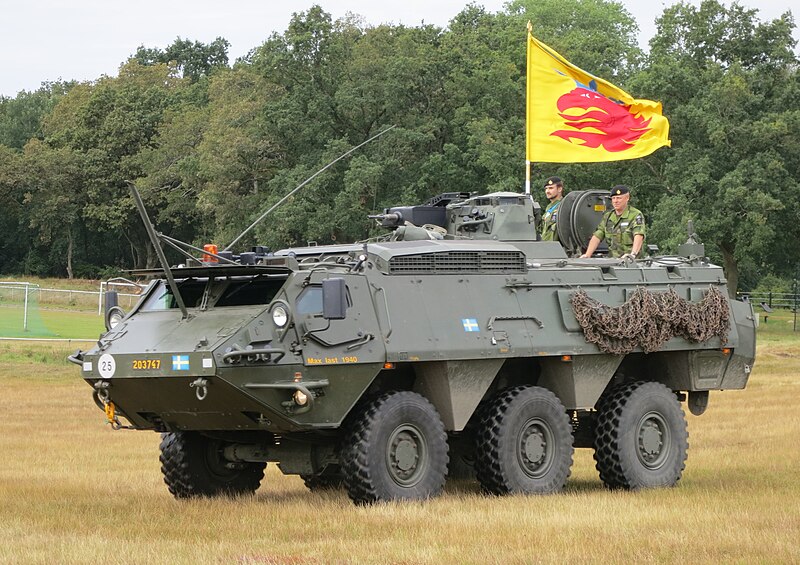
Swedish Pansärterrangbil 203 at Revinge 2012
 Austria Army, in UNDOF service.
Austria Army, in UNDOF service. 11 leased XA-185s including ambulance for UN (Bosnia, Kosovo, training).
11 leased XA-185s including ambulance for UN (Bosnia, Kosovo, training). Estonian Army: XA-180EST plus 81 XA-188 from the Netherlands.
Estonian Army: XA-180EST plus 81 XA-188 from the Netherlands. Finnish army/NavyAir Force/Police. 425 XA-180s/185s, 148 XA-200s
Finnish army/NavyAir Force/Police. 425 XA-180s/185s, 148 XA-200s Ghana: In UN service only.
Ghana: In UN service only. Norwegian Armed Forces: 75 vehicles(? XA-180, 22 XA-186, c30 XA-203N).
Norwegian Armed Forces: 75 vehicles(? XA-180, 22 XA-186, c30 XA-203N). Sweden c200 total, Pansarterrängbil XA-180/XA-185,202/202S,203A,203B.
Sweden c200 total, Pansarterrängbil XA-180/XA-185,202/202S,203A,203B. 2 XA-180s, training vehicles for UN Lebanon, discarded 2012.
2 XA-180s, training vehicles for UN Lebanon, discarded 2012. Army/Marines: 90 XA-188s, 81 to Estonia (XA-188 GVV/GWT Ambulance)
Army/Marines: 90 XA-188s, 81 to Estonia (XA-188 GVV/GWT Ambulance) c30 ex-Estonian 2022, 10 lost so far
c30 ex-Estonian 2022, 10 lost so far At least 2-3 captured, ex-Ukrainian
At least 2-3 captured, ex-Ukrainian
Combat Use
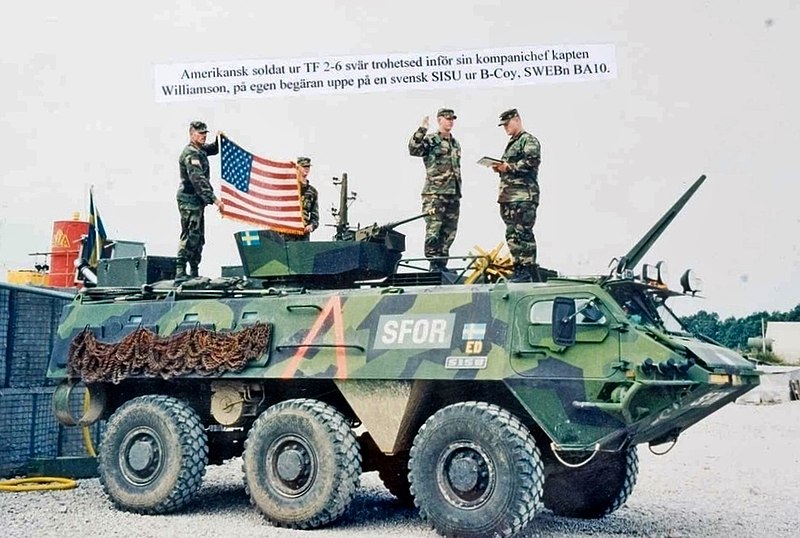
American soldier from TF 2-6 swears allegiance to the company chief, Swedish Terrangbil , IFOR Bosnia 1995.
The Pasi was exported and used in several conflict areas. In alphabetic order: Afghanistan, Bosnia, Croatia, Eritrea, Golan Heights, Iraq, Kosovo, Lebanon, Macedonia, Namibia, Liberia, Somalia and Chad. The Finnish police also used it in sieges and SWAT operations. In 2018, Estonia sent five of its XA-188s to Mali for Operation Barkhane. 2022, saw Finland reportedly donated some of its XA-180/185s to Ukraine as per its aid in the Russo-Ukrainian War with 7 reported lost in combat. So far, Oryx spioenkop reports ten lost, including 5 destroyed and the rest captured/abandoned.
Read More/Src
Links
militarytoday.com xa-180militarytoday.com xa-203
secretprojects.co.uk
globalsecurity.org
militaryfactory.com
armedforces.co.uk
technology.org
militarytoday.com
Finnish_Defence_Forces
sv.wikipedia.org/wiki/Sisu_XA-180
en.wikipedia.org
On danskpanser.dk
commons.wikimedia.org
bulgarianmilitary.com: XA-180s in Ukraine 2022-2023
Ukrainian losses
Videos
Model Kits
Made by Finmilmodels 1:72 and Combat Models in several variants.General query on scalemates
3D
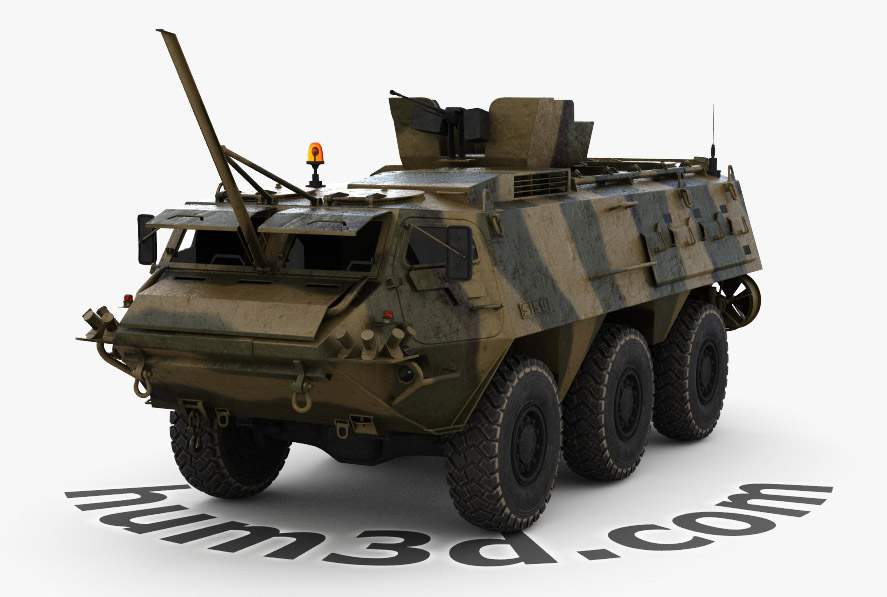
On 3dmodels.org
Images Galley of the Patria Pasi
Author's illustrations
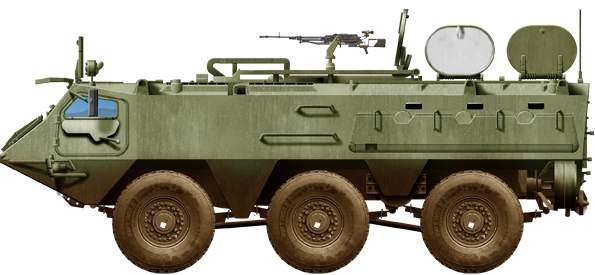
Patria Pasi base NSV
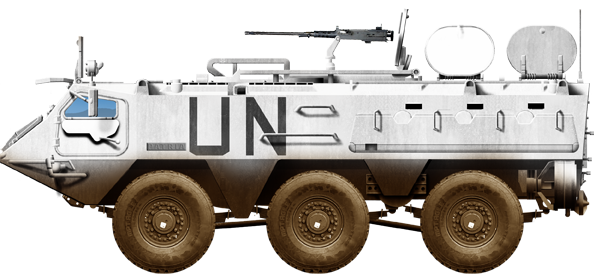
Patria Pasi UN
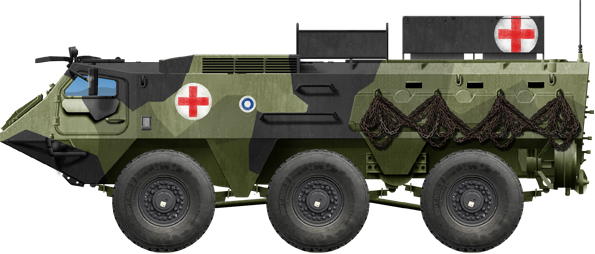
Finnish XA-185 ambulance
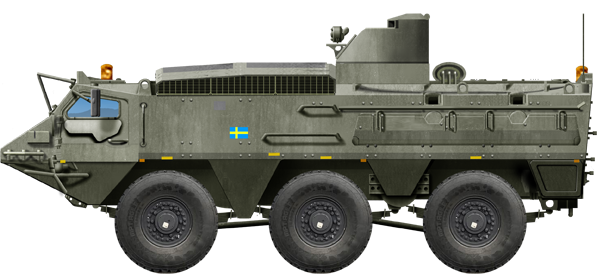
Pansärterrangbil 203
CC Photos: Variants, users and theaters
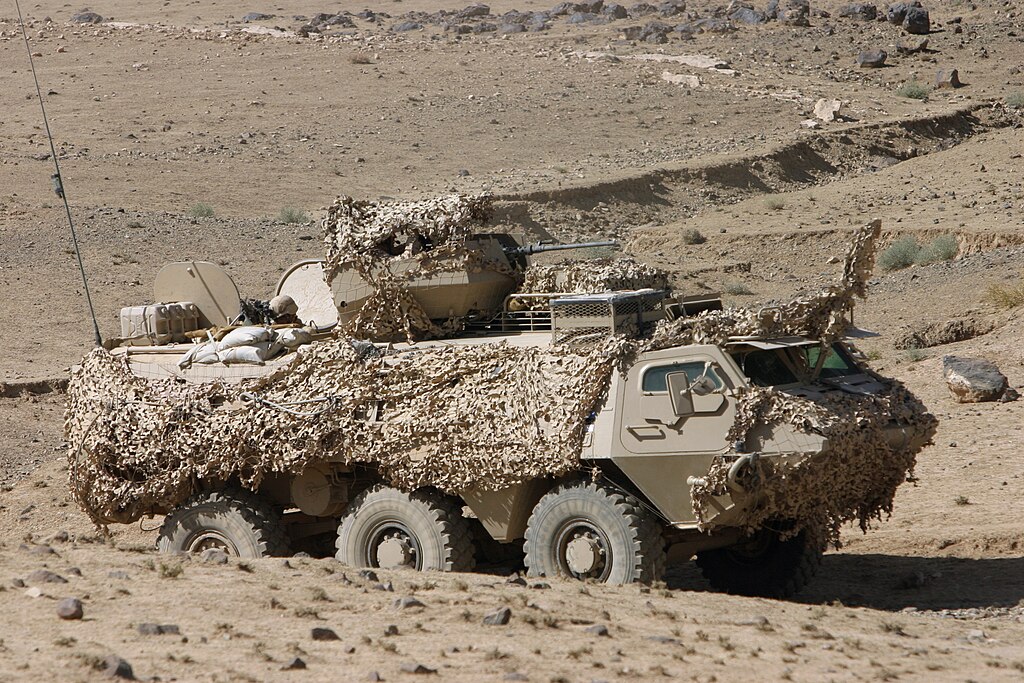
Estonian XA-180EST in Afghanistan, Tor Ghar Sept. 2008 in desert livery, UK thales 0.5 cal. Browning M2HB turret
Pasi 675-327 in 2014, early unarmed variant.
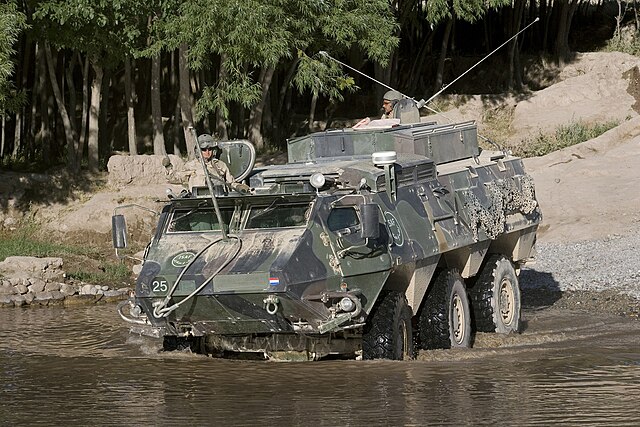
Dutch 6x6 armored vehicle in Afghanistan with ISAF, 2010s
2017 Finnish command variant XA-202 with NSV HMG in parade
Norwegian Sisu XA-186. Note the shielded HMG and forward mounted smoke dischargers, and suspended wheel chains for winter
Dutch XA-188 GVV ambulance
Same, other view
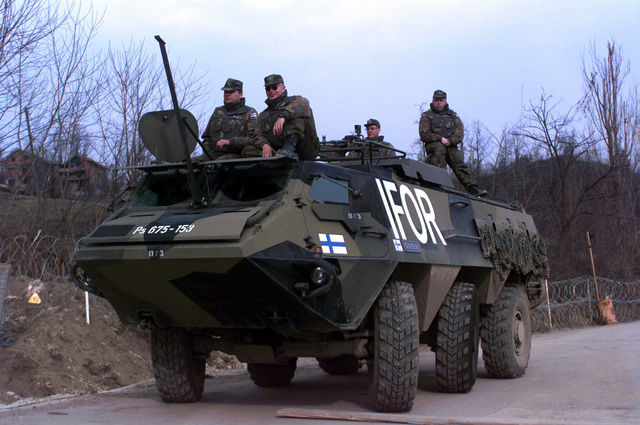
Sisu XA-180 IFOR
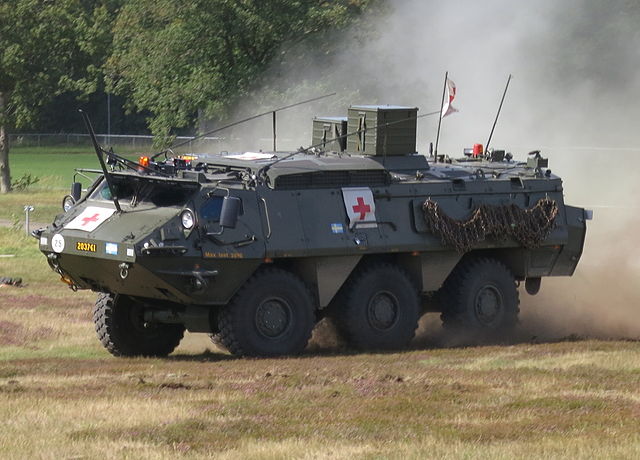
Pansärterrangbil 203 Revinge 2013
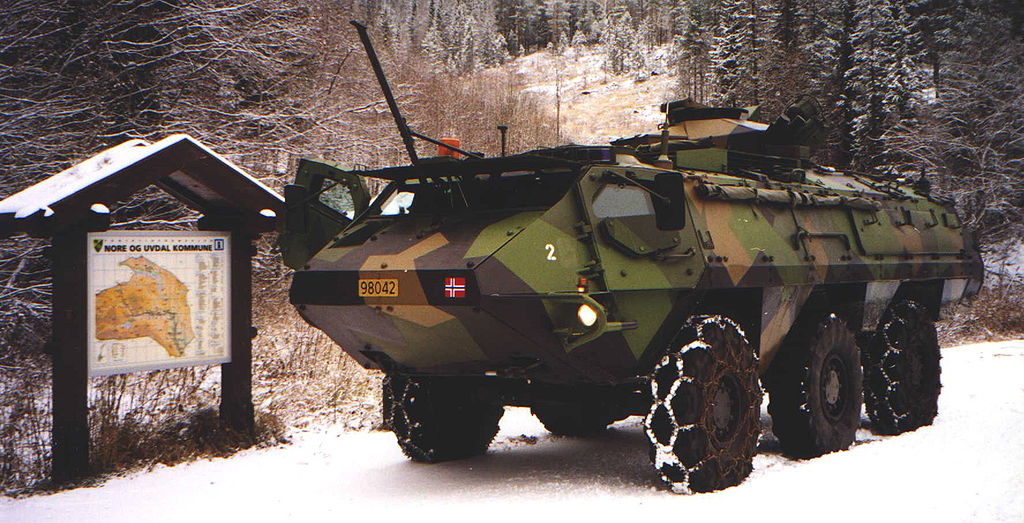
Norwegian Sisu XA-186
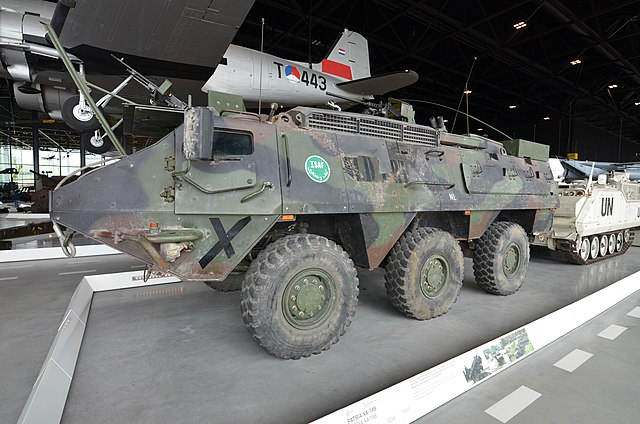
Patria XA-188 Nationaal Militair Museum Soesterberg; 2019
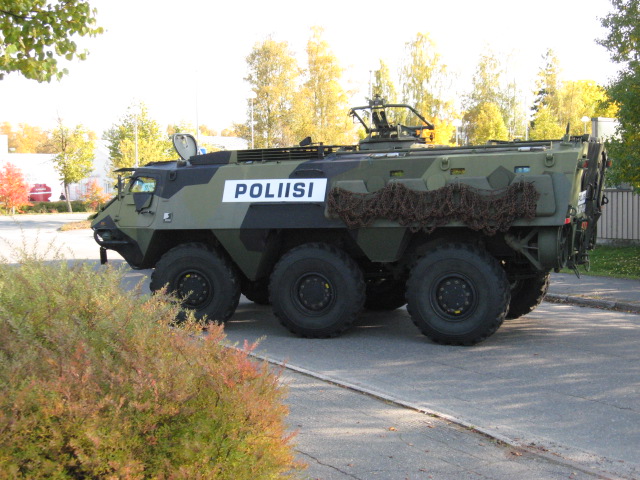
Kauhajoen koulusurma
Pasi XA-202 signals vehicle Ps 922-106
Sisu Pasi XA-185AS Ps878-655 armoured ambulance
Pasi XA-185 APCPs 677-615, 2016
Target acquisition radar 87M, Karelia brigade
Engineer Regiment XA-185ST NBC reconnaissance vehicle
Communications Pasi Finnish
2017 Pasi Ps 677-551
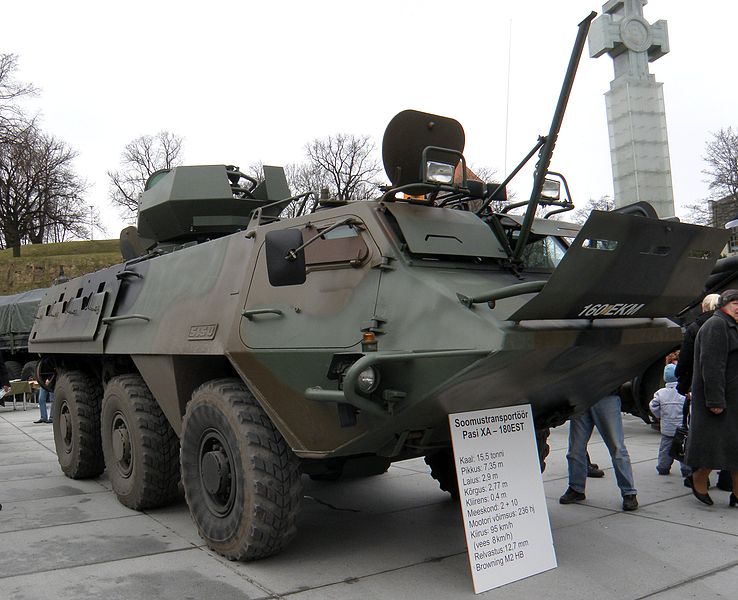
Pasi XA-180EST exhibition
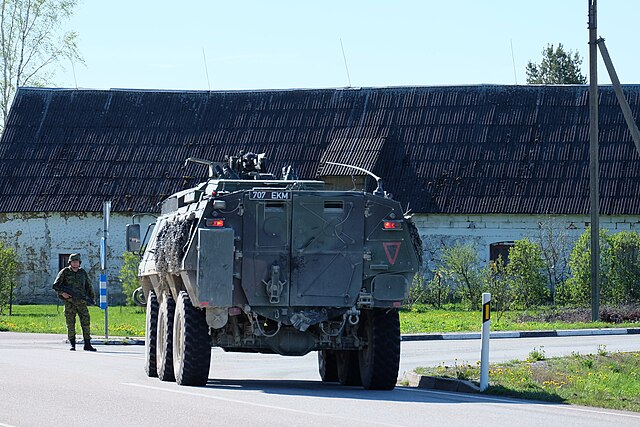
Pasi-back 2022
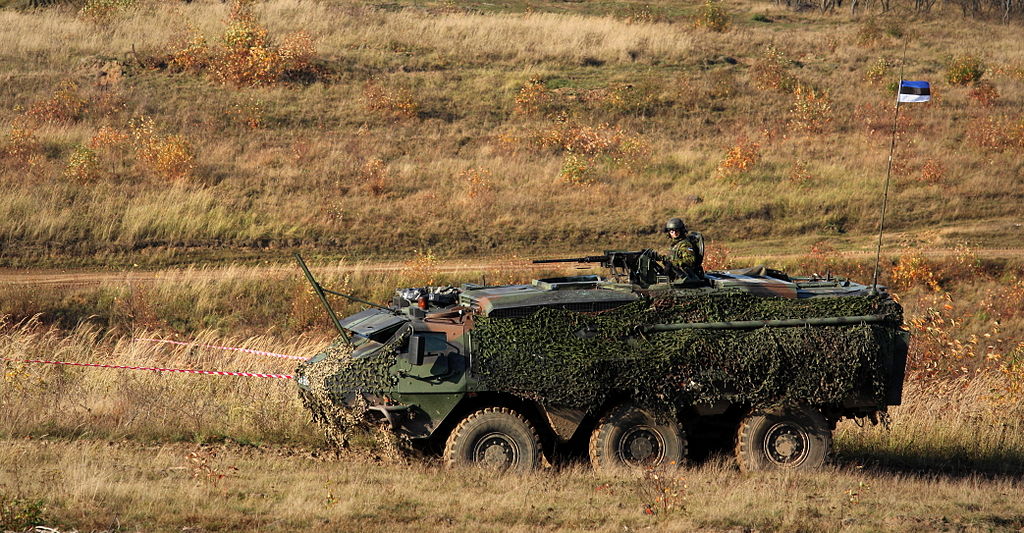
Estonian Pasi
Pasi parade
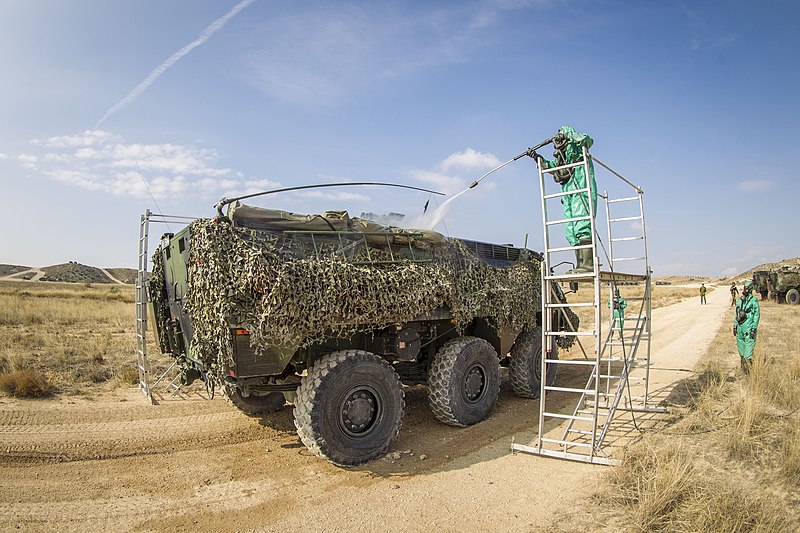
Baltic Battalion CBRN Training, ex. Trident Juncture '15
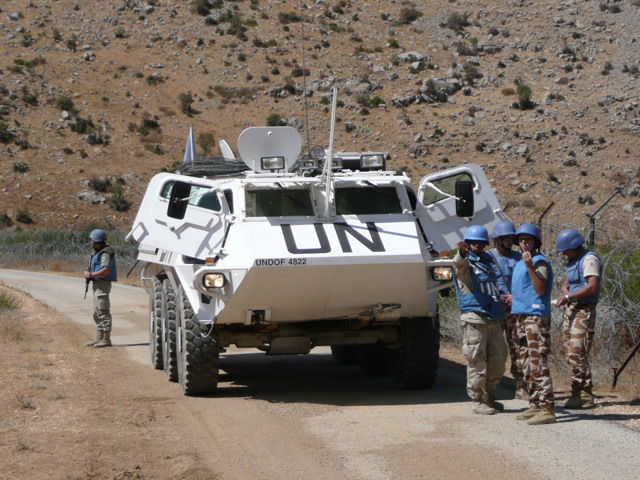
Pasi SM 15

Cold War Tanks


































Cold war tanks posters

Cold War Main Battle Tanks

Cold War Soviet Army
